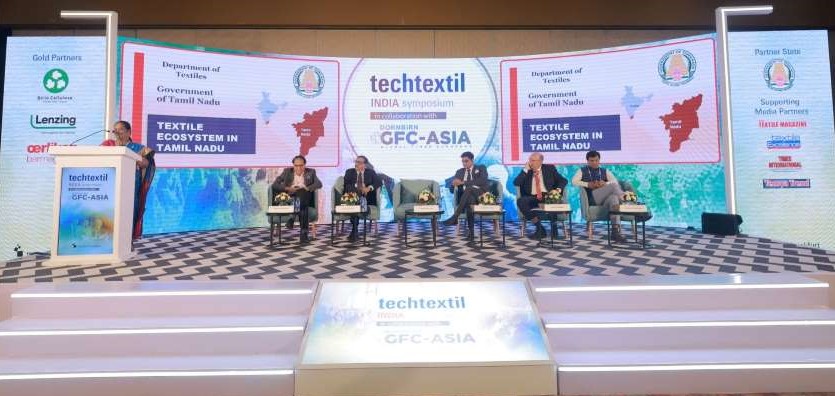As per 2018 Pitney Bowes Global Ecommerce Study, 61 per cent of online retailers and marketplaces, who had prepared for record volumes of orders this holiday season, were disappointed by their experience during last holiday season. Consumers cited post-purchase experiences, including items arriving late, expensive shipping, tracking inaccuracies, confusing returns policies, and lost or incorrect items as reasons for their dissatisfaction. Though nearly 94 per cent of global consumers shop online; the frequency with which do so accelerates. Globally, 35 per cent of online shoppers shop at least once a week. In India, 68 per cent of online shoppers purchase from a marketplace as opposed to a shopping with an online brand.
 As per 2018 Pitney Bowes Global Ecommerce Study, 61 per cent of online retailers and marketplaces, who had prepared for record volumes of orders this holiday season, were disappointed by their experience during last holiday season. Consumers cited post-purchase experiences, including items arriving late, expensive shipping, tracking inaccuracies, confusing returns policies, and lost or incorrect items as reasons for their dissatisfaction.
As per 2018 Pitney Bowes Global Ecommerce Study, 61 per cent of online retailers and marketplaces, who had prepared for record volumes of orders this holiday season, were disappointed by their experience during last holiday season. Consumers cited post-purchase experiences, including items arriving late, expensive shipping, tracking inaccuracies, confusing returns policies, and lost or incorrect items as reasons for their dissatisfaction.
Higher shopping frequency leads to dissatisfaction
Though nearly 94 per cent of global consumers shop online; the frequency with which do so accelerates. Globally, 35 per cent of online shoppers shop at least once a week. In India, 68 per cent of online shoppers purchase from a marketplace as opposed to a shopping with an online brand.
This increase in shopping frequency, however, contributes to a rise in consumer dissatisfaction. Individual consumers spend more time shopping online and waiting for products, creating a greater probability for a bad experience. As volumes rise, retailers struggle to keep up with demand in terms of physical infrastructure and the technology to manage it effectively.
Preference for ‘free over fast’
The study states, consumers’ judge their post-purchase experience even before placing orders. At the same time, they demand 'fast and free' service with only 47 per cent considering two-day free shipping as fast. Consumers rank 'free shipping' as more important than 'fast shipping'. Globally, 76 per cent consumers prefer 'free' over 'fast'. In India, 56 per cent of consumers prefer free shipping over faster delivery.
only 47 per cent considering two-day free shipping as fast. Consumers rank 'free shipping' as more important than 'fast shipping'. Globally, 76 per cent consumers prefer 'free' over 'fast'. In India, 56 per cent of consumers prefer free shipping over faster delivery.
Post-purchase experience scores high
The study reveals, 90 per cent online shoppers in the US take some action in response to a bad post-purchase experience. Their reactions range from sharing their frustrations on social media to never purchasing from the offending site again. Among millennials, 30 per cent talk about their poor experience in an online review or social media post, potentially affecting the buying decisions of their entire social networks.
Successful high-growth retailers place a greater emphasis on the post-purchase consumer experience than their slower growth competitors. This includes providing services like free returns and day-definite guaranteed delivery. Around 54 per cent of high-growth retailers offer two-three-day free shipping, while 60 per cent of low-growth retailers offer four-seven-day free shipping.
The study states, marketplaces continue to soak up 60 per cent of online purchases. This also offers an opportunity to retailers to invest in their brand and delight consumers throughout the shopping and post-purchase experience. Around 61 per cent of online shopping occurs when the consumer knows specifically what brand and product they’re looking to buy. In these cases, more than half prefer to buy from a retailer website over an online marketplace.
The US, China, and Japan are the only countries where the number of cross-border shippers increased in 2018. Shoppers who shop cross-border do so more frequently leading to the growth in market. Globally, 12 per cent engage in cross border shopping at least weekly, up from 10 per cent in 2017.












